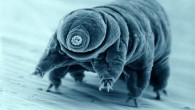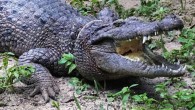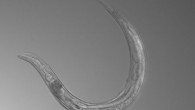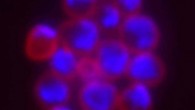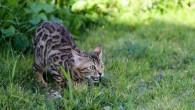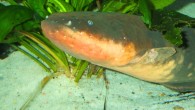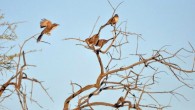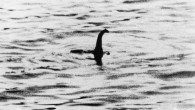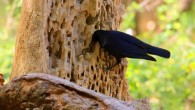A new study, published in the journal Development, has confirmed the transient presence of atavistic muscles — present in our ancestors, but normally absent from the adult human — during normal embryonic human development, and reveals the existence of others not previously described in human embryos. Some of these muscles, such as the dorsometacarpales, disappeared from our ancestors more than 250 million years ago, during the transition...


